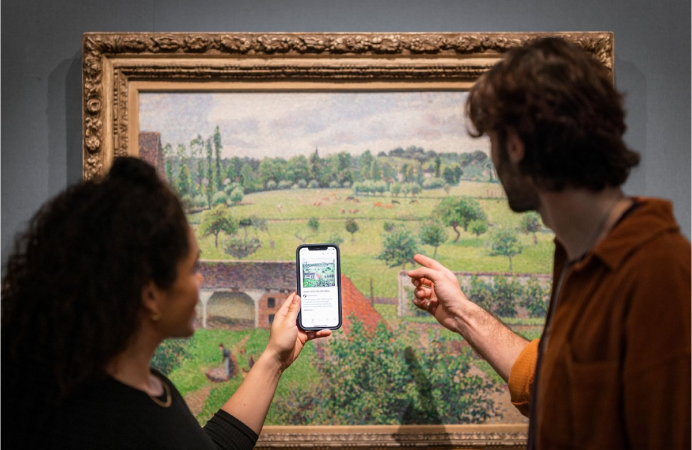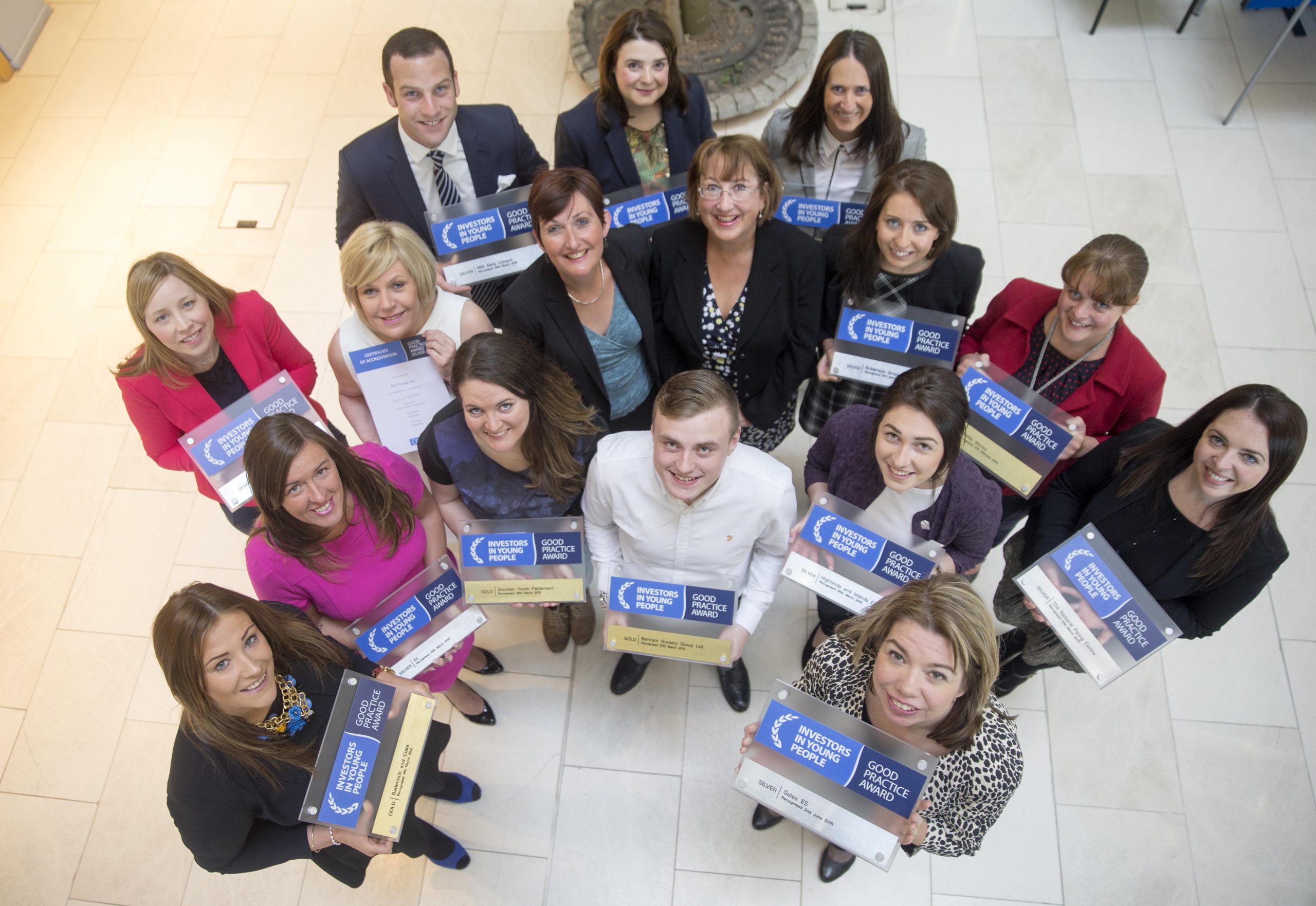Case Study
442 Design

Partners
Edinburgh Napier University
Sectors
Creative Industries
Regions
Edinburgh & Lothians
Edinburgh based 442 Design is a brand and interior design company that works with a wide range of companies including BAA, Tesco and PropInvest. Specialist areas include: interior and graphic design, large format print graphics and signage; rebranding and interior design work in new premises and offices; with a focus on brand identity.
Challenge
The company was interested in expanding its focus from retail interior space to developing external promotions and point of sale showcase units for pedestrian precincts. The new product design involved creating glass units to showcase products from nearby shops eg. clothes, books, accessories etc. and include touch pads to allow potential customers find out more about the products and encourage them into the stores.
Aimed at driving increased footfall and spend, the product is intended to be a highly engineered, large glass display case which is used for promotion. It will use solar energy to charge the display lighting and is intended for use in outdoor environments. The customer benefits include lower installation and power supply costs, reduced carbon emissions and clear environmental responsibility profile.
442 Design sought to power these small showcase units by solar energy, however to branch out into this, the company required an investigative study to provide recommendations on energy requirements, size, cost and design. For this they looked to find the relevant expertise within Scottish Universities.
Solution
The company was referred by The University of Edinburgh to Interface – The knowledge connection for business, which brokered links to Professor Tariq Muneer from the School of the Built Environment at Edinburgh Napier University. The relationship developed and the feasibility study yielded beneficial results identifying initial target cities and clients.
Interface also supported the company in identifying a source of finance to offset some of the costs – feasibility funding under the Scottish Government supported SEEKIT programme (EDTC) hosted by Edinburgh Napier University.
Professor Muneer calculated the energy and carbon emissions saved by lighting the pod using solar rather than conventional energy. This is crucial information for customers as corporate responsibility is increasingly important.
Professor Muneer comments: “The commissioning and completion of this project is a good demonstration of the three-way collaborative links – industry, the academic world and Interface, who acted as the matchmaker. Quite often research work carried out by universities resides only within the campuses or in academic journals. Through organisations such as Interface, application of the above research work can achieve its flowering.”
“The glass ‘buypod’ units have been hugely successful and this adaption of the product into being run on solar energy is a very exciting development” said Laurence Smith, Project Director at 442 Design. 442 Design is familiar within the proven components of the glass pod but unfamiliar with the potential capability of solar technology, where the links with Edinburgh Napier University have provided invaluable assistance.
Looking ahead, Professor Muneer will compile a detailed report on light/lux levels at various locations, and will take lighting specification for the pod and advise on variances in hourly levels of solar energy required to light the pod throughout the year. This information is vital to customers to enable maximum impact throughout the year. Corporate social responsibility is important to 442 Design, and energy and carbon emissions saved will be assessed.
The Benefits
Both bodies benefited through this new partnership. Working with Scottish Enterprise innovation advisor, Jim Shields they are now identifying scope for further activity in prototype design and are investigating their eligibility for R&D/innovation grants.
Find out more about 442 Design here.


